WASHINGTON, George. Autograph manuscript, comprising two extensive, highly detailed plans for crop "Rotation...with the Plowing annually required to carry it into effect," containing some 450 words in Washington's neat hand. No place [Mount Vernon?], no date [1760s?].
WASHINGTON, George. Autograph manuscript, comprising two extensive, highly detailed plans for crop "Rotation...with the Plowing annually required to carry it into effect," containing some 450 words in Washington's neat hand. No place [Mount Vernon?], no date [1760s?]. Two pages, large folio, on a single bifolium (12 3/8 x 7 7/8 in.), versos blank. A few neat repairs to tiny chips along folds , otherwise in very fine condition. WASHINGTON AS SCIENTIFIC AGRICULTURIST: PLANS FOR CROP ROTATION AND SCHEDULES FOR PLOWING A highly interesting and quite complex pair of plans for crop rotation and the plowings it required. Washington was familiar with the principle of crop rotation, and when he found profits from the cultivation of tobacco at Mount Vernon to be unprofitable and destructive of soil fertility, he looked to wheat as an alternative, less damaging crop. In the period "from 1756 to 1760, Washington ordered several agricultural books from England" (A. & J. Fusonie, George Washington: Pioneer Farmer , p.8). His readings included modern farming manuals by Batty Langley Edward Lisle, Thomas Hale, Henry Homes and others. In the oddly titled Horse-Hoeing Husbandry , by the innovative English agriculturist Jethro Tull, he studied complex rotation systems, which he adopted for Mount Vernon over the next decade. The system laid out in these paired manuscripts appears to correspond to the older three- or four-crop rotation of Tull, utilized by Washington in the 1760s. Upon his return to Mount Vernon after the war in 1783, Washington converted to the even more modern and scientific seven-crop rotation plan. All these complex rotation schedules required very extensive plowing and harrowing on strict schedules and in the proper sequence, as demonstrated by Washington's careful tallies. One plan is neatly headed "Rotation by AW with the Plowings necessary to carry it into effect." The initials may refer to John Augustine Washington (1736-1787), for whom this plan may have been devised. The second plan is similarly headed "Rotation by CW...," and was perhaps intended for Corbin Washington's use. Both plans are based on 75 acre plots of farmland. In the case of the "AW" plan, the first planting is to be in corn, which will require "First, breaking or flushing the ground allowing an acre for each plow p day," for a total of 75 days labor. That plowing is to be followed by "Listing," "Chequering" (cross-plowing) and "Four plowings or harrowings to till the corn & put in the wheat." Another field is to be planted in segments after plowing: three acres flax, 18 acres oats, 20 acres corn, etc. The number of days to plow or harrow the plot is carefully tabulated at the right of the list. In the lower part of each plan, Washington lists, month-by-month the sequence of plowings and harrowings, to calculate the labor needed. For example, in February or March he calls for "Breaking up ground for Corn if it has not been flushed before Christmas." When, later in life, Washington adopted the seven-crop rotation plan, he found, one scholar writes, that it "mandated reconsidering his whole mode of farming. A period began of intensive experimentation with new scientific methods of farming that lasted until Washington's death" (A.C. Greenburg, George Washington, Architect , p.55).
WASHINGTON, George. Autograph manuscript, comprising two extensive, highly detailed plans for crop "Rotation...with the Plowing annually required to carry it into effect," containing some 450 words in Washington's neat hand. No place [Mount Vernon?], no date [1760s?].
WASHINGTON, George. Autograph manuscript, comprising two extensive, highly detailed plans for crop "Rotation...with the Plowing annually required to carry it into effect," containing some 450 words in Washington's neat hand. No place [Mount Vernon?], no date [1760s?]. Two pages, large folio, on a single bifolium (12 3/8 x 7 7/8 in.), versos blank. A few neat repairs to tiny chips along folds , otherwise in very fine condition. WASHINGTON AS SCIENTIFIC AGRICULTURIST: PLANS FOR CROP ROTATION AND SCHEDULES FOR PLOWING A highly interesting and quite complex pair of plans for crop rotation and the plowings it required. Washington was familiar with the principle of crop rotation, and when he found profits from the cultivation of tobacco at Mount Vernon to be unprofitable and destructive of soil fertility, he looked to wheat as an alternative, less damaging crop. In the period "from 1756 to 1760, Washington ordered several agricultural books from England" (A. & J. Fusonie, George Washington: Pioneer Farmer , p.8). His readings included modern farming manuals by Batty Langley Edward Lisle, Thomas Hale, Henry Homes and others. In the oddly titled Horse-Hoeing Husbandry , by the innovative English agriculturist Jethro Tull, he studied complex rotation systems, which he adopted for Mount Vernon over the next decade. The system laid out in these paired manuscripts appears to correspond to the older three- or four-crop rotation of Tull, utilized by Washington in the 1760s. Upon his return to Mount Vernon after the war in 1783, Washington converted to the even more modern and scientific seven-crop rotation plan. All these complex rotation schedules required very extensive plowing and harrowing on strict schedules and in the proper sequence, as demonstrated by Washington's careful tallies. One plan is neatly headed "Rotation by AW with the Plowings necessary to carry it into effect." The initials may refer to John Augustine Washington (1736-1787), for whom this plan may have been devised. The second plan is similarly headed "Rotation by CW...," and was perhaps intended for Corbin Washington's use. Both plans are based on 75 acre plots of farmland. In the case of the "AW" plan, the first planting is to be in corn, which will require "First, breaking or flushing the ground allowing an acre for each plow p day," for a total of 75 days labor. That plowing is to be followed by "Listing," "Chequering" (cross-plowing) and "Four plowings or harrowings to till the corn & put in the wheat." Another field is to be planted in segments after plowing: three acres flax, 18 acres oats, 20 acres corn, etc. The number of days to plow or harrow the plot is carefully tabulated at the right of the list. In the lower part of each plan, Washington lists, month-by-month the sequence of plowings and harrowings, to calculate the labor needed. For example, in February or March he calls for "Breaking up ground for Corn if it has not been flushed before Christmas." When, later in life, Washington adopted the seven-crop rotation plan, he found, one scholar writes, that it "mandated reconsidering his whole mode of farming. A period began of intensive experimentation with new scientific methods of farming that lasted until Washington's death" (A.C. Greenburg, George Washington, Architect , p.55).
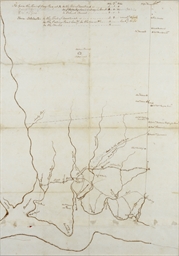

.jpg)
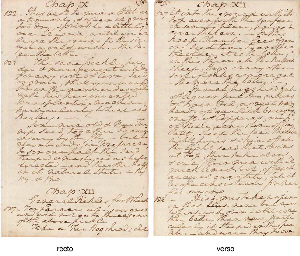
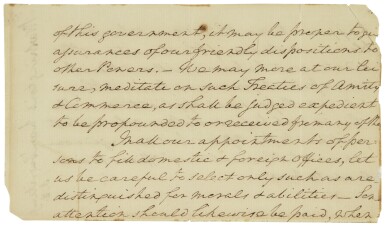
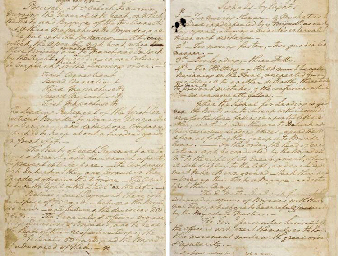

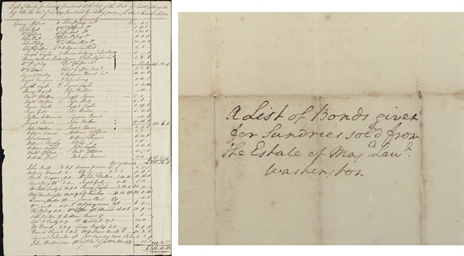
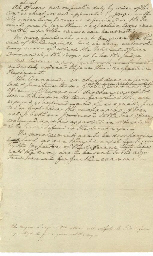

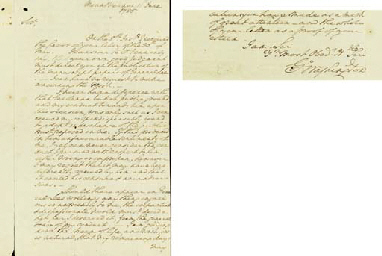
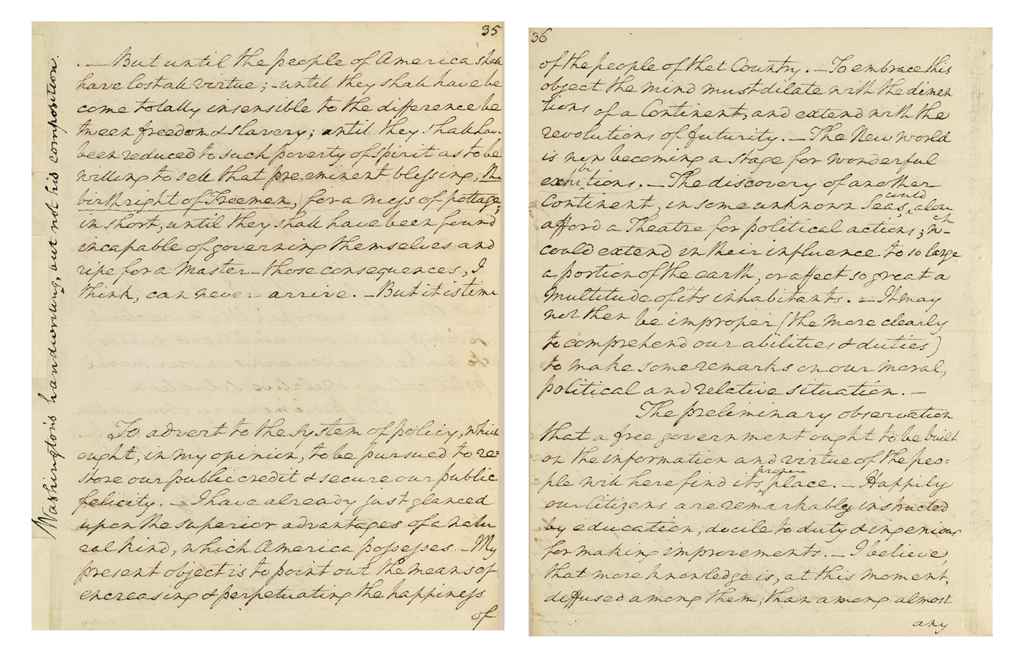
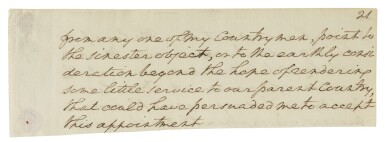
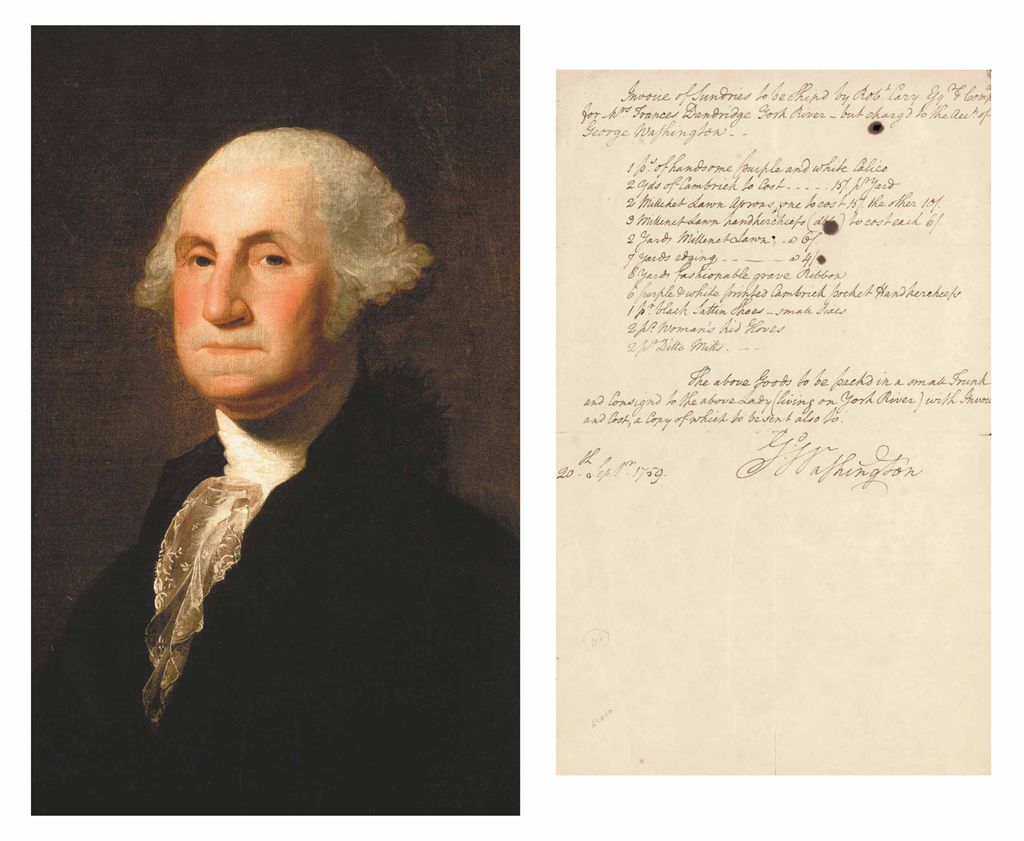

Try LotSearch and its premium features for 7 days - without any costs!
Be notified automatically about new items in upcoming auctions.
Create an alert